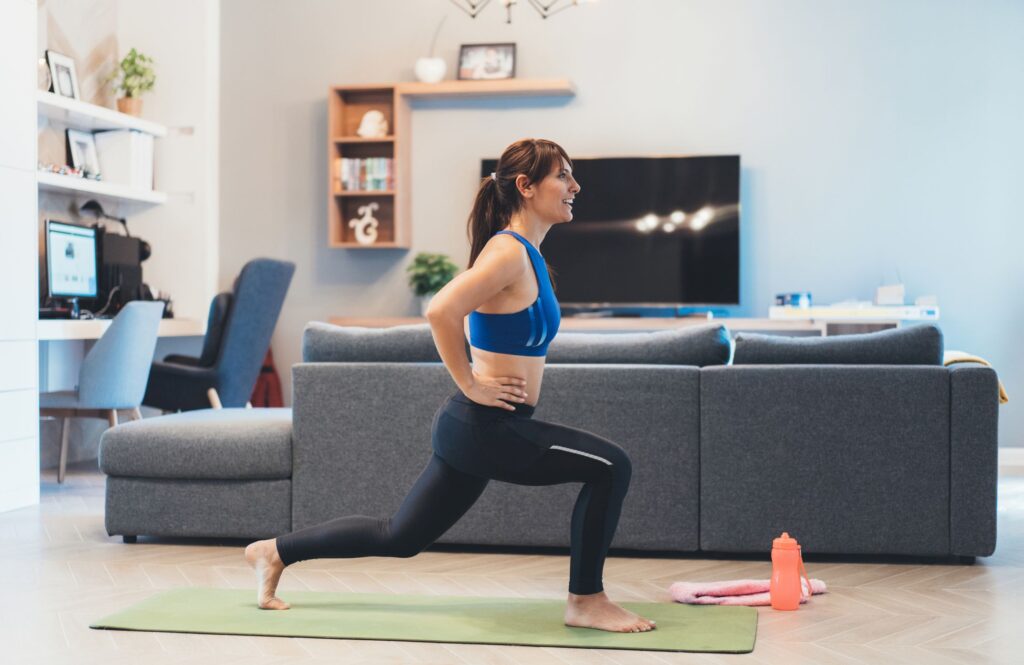
“Strength does not come from winning. Your struggles develop your strengths. When you go through hardships and decide not to surrender, that is strength.”
—Arnold Schwarzenegger
People living with chronic pain know exactly what “The Arnold” was talking about when he delivered this famous quote. Getting active when you have a chronic illness can feel like a battle, but we’re here to encourage you to keep going. You don’t have to be a bodybuilder to benefit from the MANY benefits exercise has on your healing – and it doesn’t have to be a battle, either.
If you haven’t caught the New Year’s fitness bug yet, don’t worry, you’re not the only one. We understand that jumping on a treadmill or lifting weights might be the last thing you want to do when simply getting out of bed can feel like a chore.
But luckily, we’ve found some easy ways to get your blood pumping in a low-impact, gentle way. And—spoiler alert! These exercises will actually accelerate your healing and help alleviate pain, so you won’t want to miss them.
In this blog, we’re going to let you know why it’s essential to get moving if you live with chronic pain, inflammation, or an autoimmune condition. We’re also giving you 4 easy exercises you can start doing right away that doesn’t require joining a gym, investing in expensive equipment, or pushing yourself to the limit.
Why Are At-Home Workouts More Popular Than Ever?
We’re coming up on a year of living amid the Coronavirus Pandemic. The simple fact is many of us quickly realized working out from home is much easier, more comfortable, more accessible, and safer than going to a crowded gym.
In fact, according to one survey conducted this past summer, 70% of Americans surveyed reported that they wouldn’t need a gym to keep up with their fitness routine moving forward.
Gone are the days of buying uncomfortable workout clothes, navigating traffic, paying for pricey gym memberships (that always seem to increase), and waiting in line to use the equipment.
These days, fitness is all about what feels right and comfortable for you.
Exercise Shouldn’t be Scary
Try not to be overwhelmed by the goal of getting into an exercise routine. The beauty of exercise is that it’s for EVERYONE. Even if you are in chronic pain, you can reap the benefits of getting your heart rate up each day.
Exercise is a Celebration of Your Body
Want to roll out of bed and do a quick workout in your pajamas? Go for it! Yoga with your cat? Why not? How about walking around your neighborhood to wave at your neighbor’s dog? Great idea!
Whatever brings you joy and raises your heart rate is a significant first step to getting active.
Regular Exercise Makes Your Body a Pain-Fighting Machine
Once you get into an exercise routine, your body will become more efficient at fighting pain and illness because it will have the physical energy to do so. And that’s precisely why we’ve made fitness one of the five pillars of The Hache Protocol for Pain Resolution™.
We’ve all heard the old saying, “if you don’t use it, you’ll lose it.” And we couldn’t agree more when it comes to muscles. If you’re not moving your body because you’re in pain, your muscles will get weaker as a result. So, exercising (even for just 5-10 minutes a day) helps ensure that your muscles stay healthy and functional.
Muscles+ Mitochondria= Energy
Here’s an interesting fact: did you know that the larger your muscles grow, the more mitochondria you have? That’s right. It’s actually possible to make your own energy by increasing your muscle mass. If chronic pain is causing you to feel fatigued, getting active could help immensely.
How does it work? As we mentioned in a previous blog, mitochondria are the engines for our cells. By taking in nutrients and then breaking them down to create energy-rich molecules, mitochondria are a key ingredient to feeling revitalized, energetic, and healthy.
4 Low-Impact, Exercises You Can Do At Home
Ready to get started on transforming your body into a mitochondria-boosting, pain-fighting machine (with little impact or strain on your body)? We previously compiled a super helpful list of 8 Exercises for People in Pain, but we thought it was time for some fresh moves— so here’s four more to add to your routine.
1. Body Weight Squats
This exercise will help you strengthen your core and quads, burn calories, and raise your heart rate for cardiovascular health. If you feel unbalanced when you try this exercise, consider doing it near a stable countertop or table for support until you build up your strength.

- Stand with toes slightly turned outward and feet shoulder-width apart.
- Stabilize yourself by tightening up your core.
- Start to slowly shift your weight back into your heels while also pushing your hips behind you as you squat down.
- Gently lower yourself until your thighs are almost parallel to the floor (or however low you can go). Your feet should remain flat on the ground during this exercise, and your knees should remain over your toes.
- Keep good posture, chest out, and push through the heel to return to the beginning position.
2. Step-Ups
This exercise will get the blood pumping, increase your heart rate, and help build muscle in your legs. If you have knee problems, skip this one.

- Start your step-ups at a staircase with a strong railing to provide support.
- Stand on the bottom step (the landing) and step up with your right foot. Bring your left foot up onto the stair, and then gently bring it back down to the floor. Be sure to keep your right foot on the step for the duration of the workout.
- Repeat this for 5-15 steps (or whatever’s comfortable for you), and then switch feet.
- Repeat the same process on the other foot.
3. Wine (or Water) Bottle Bicep Curls
Finally, a good use for those dusty old bottles of wine rolling around your pantry. An average bottle of wine weighs 2.6 pounds or 1.17 kilograms, making it an excellent substitute for low-weight dumbbells.
Remember, this blog is all about working with what you have, so if you’d like to try to build up your upper body strength with this bicep curl hack, you can incorporate milk jugs or any other vessel that holds liquid to increase the weight. Or, if wine bottles are too heavy for you to start out with, consider using tin cans or half-full water bottles.

- Start with your palms facing your thighs.
- Steadily bring the right bottle up, turning your fist towards your body while curling the weight towards your shoulder.
- Hold the weight near your shoulder for two seconds (you’ll feel a slight burn) and then slowly lower the weight back down into the starting position.
- Now, repeat the same steps on your other arm. Do 5-15 reps per arm.
4. Microcurrent Toning
Yes, microcurrent can be exercise. Microcurrent muscle toning is ideal for those with limited mobility, nerve pain, joint issues, or chronic pain because it causes muscle contraction—just like when you work out.

But here’s the thing…your body can’t tell the difference! If getting up and out is a challenge for you, try using your Avazzia Life Evolution, Avazzia Pro-Sport III, or Avazzia Life Genesis to achieve a more muscular body without the hassle or impact of weight lifting.
To learn more about microcurrent muscle toning, read our blog, Microcurrent Muscle Toning for Fitness, Health, and Beauty.
Fitness—A Resolution Worth Keeping
As we embark upon a fresh New Year, let’s make a collective resolution to get moving (even if it’s just for a few minutes a day). We promise your body will thank you for it.
It’s also important to remember, one element of The Hache Protocol alone is not enough to resolve your pain for good. Proper rest and a healthy diet will ensure you get the most out of your workouts.
To learn more about the four other elements of the Hache Protocol for Pain Resolution and how they work synergistically with a low-impact fitness routine to promote healing and a pain-free life, we suggest joining The Hache Protocol Private Membership.





